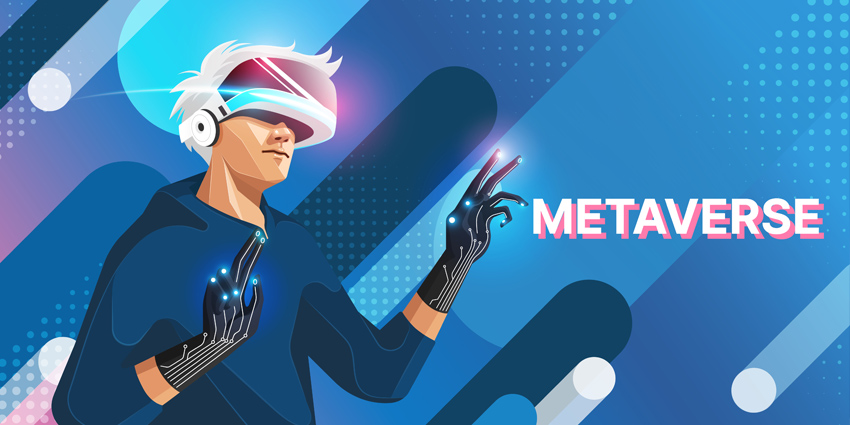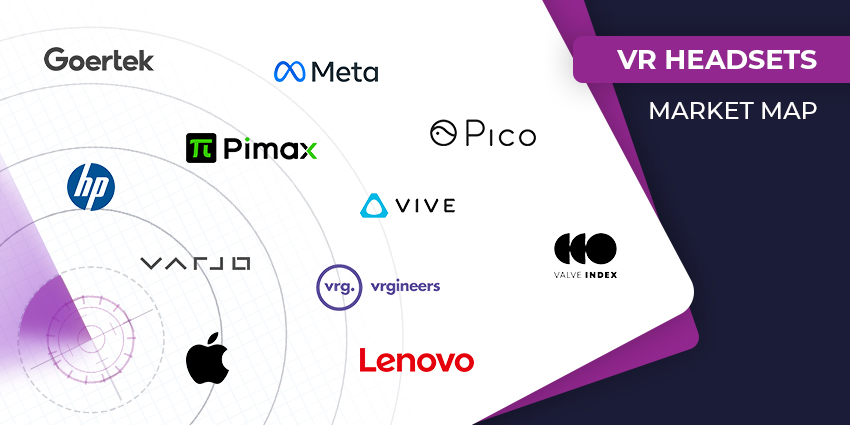A full sensory experience powered by haptics is the ultimate frontier when it comes to immersive reality in the Metaverse. A haptic bodysuit can do more than just recreate touch in the virtual world – it can also augment physical sensations and a user’s overall experience, whether on social interactions or gaming.
Some haptic bodysuits do away with the need for additional accessories for full-body motion capture using multiple integrated systems and technologies. As a full-scale version of haptic VR gloves, the haptic bodysuit is nothing short of a science fiction becoming science fact.
After motion-capture tracking suits, haptic suits are becoming the next big solution for serious VR and AR enthusiasts, which raises the question as to the potential scope of the sensory experience.
Sensory and Interaction Opportunities
Not all haptic bodysuits are built the same. Teslasuit DK1, developed by Teslasuit along with Somnium Space, has a whopping 68 haptic points compared to rivals.
Another essential aspect to consider is adoption. Theoretically, a haptic bodysuit determines the sensory experience for the wearer, but adversely affects the experience of everyone else interacting with the wearer.
This is because those wearing the suit will react differently from users without one, and how much a wearer experiences, in terms of a complete sensory and augmented experience, will also depend on increasing adoption rates among other players or co-citizens in the Metaverse.
Haptic Bodysuit Use Cases in the Metaverse
While the technology is exciting, it is the use cases that will determine its return on investment.
Here are three VR haptics suit use cases you can expect in the Metaverse:
- Immersive gaming – Gaming is the most obvious way that one could employ VR haptics experiences, and Skinetic debuted a prototype at the Consumer Electronics Show (CES) this year. Users can buy haptic vests that allow them to feel every bodily interaction in the Metaverse, taking immersive gaming to new heights.
- Industry-specific training – The Metaverse already has enormous potential to simplify training for industrial sectors and the military. This will benefit further from using VR haptics suits that allow the wearer to feel every stimulus from the environment around them. They can also engage in advanced training sessions in a safe environment by precisely simulating weather conditions and other challenging scenarios.
- Scientific research – Scientific research and exploration is another potential application for this technology. Researchers can create an accurate digital twin of different environments to test how products or tools behave within it. Wearing the bodysuit would allow them to perceive environmental conditions more accurately.
Owing to the prohibitive costs of this technology at this present time, initial use cases are likely to be limited to the enterprise sector.
Ecosystem Impact
Importantly, the metaverse environments for using bodysuits will impact the sensory experience to a great extent. For instance, the same haptic bodysuit worn in a virtual 3D forest will behave differently than when worn in a boxing ring as part of an intensive gaming experience.
Haptics firms and bodysuit enthusiasts also consider in-ground infrastructure or the physical environment. How can real-world equipment support the high sensory experience promised by these reality-altering bodysuits? Do we need intelligent air-conditioners to bring to life the weather associated with every touch and sensation?
Given the features built into such haptic bodysuits by some of the best minds out there in VR and AR, they must take into consideration the user experience beyond the suit itself.
These details will be critical to enabling a truly sensory experience that immerses both the body and mind. Already, the Teslasuit has incorporated remarkable touch-based features into its user experiences like raindrops, physical shooting impact, and the feeling of music on the skin.
The Cost Component
Finally, it remains to be seen if the sensory experience of haptic bodysuits is worth the hefty price tag. Currently, most offerings are out of reach except for a niche audience of loyal gamers and VR and metaverse enthusiasts.
This is unlikely to change in the immediate future, unless there are leapfrog advancements in technology, according to Counterpoint Research.
The Teslasuit DK1, of which only 10 units were launched, was made available for auction using only Ethereum or Somnium CUBEs currency worth nearly $20,000. Meanwhile, the HoloSuit Pro costs close to $1,600.
In theory, while Teslasuit, Kaaya Tech, and others may have delivered on the promise of haptic bodysuits, it is too early to expect widespread accessibility in the near future.
It is also unclear how much value users will receive based on maximum haptic-based sensory experiences, due to limited software adoption and integration, however in similar scenarios, demand for specific metaverse services could push developers to design bodysuits that deliver sensory features which are more cost-effective and practical to adopt.






